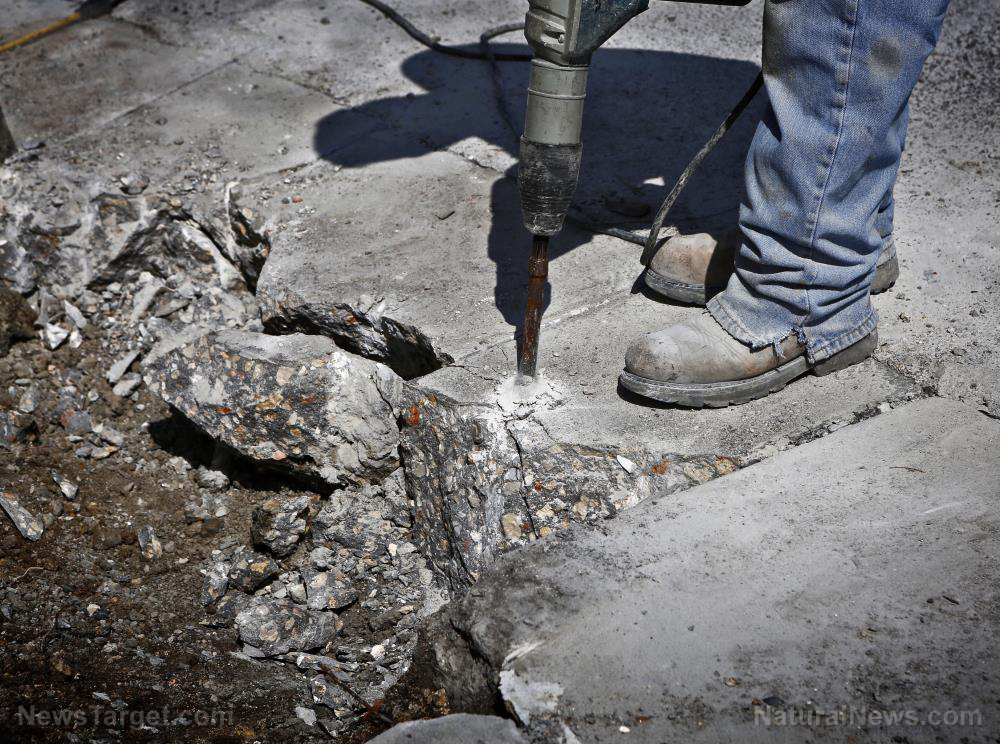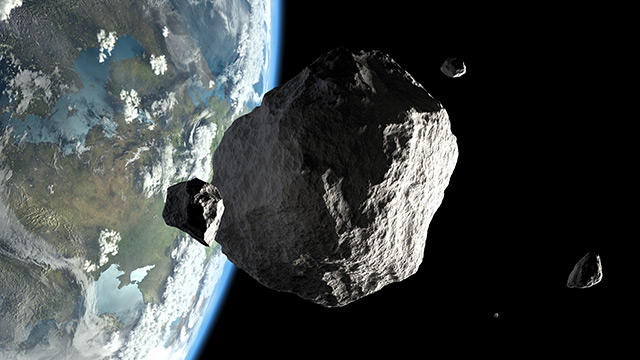Volcanic eruption triggered worst mass extinction in Earth’s history – study
11/25/2020 / By Virgilio Marin

An international team of researchers has found further evidence that volcanic eruptions were responsible for the largest mass extinction event in history. In a study published in the journal Geology, the researchers detailed their discovery of coronene, a type of hydrocarbon that can be produced by an intense volcanic eruption, in sedimentary rocks.
Link of coronene to volcanic eruptions
There were five mass extinction events since early life forms began to flourish 450 to 600 million years ago. The third was the largest one and occurred at the end of the Permian period, roughly 252 million years ago. Around 90 percent of all the species at the time went extinct.
For their study, the researchers investigated two separate eruptions in the Siberian Traps: One was linked to the end-Permian mass extinction event and another was previously unknown to scientists.
After analyzing the mercury and organic molecules in sedimentary rock samples taken from southern China and Italy, the researchers found two discrete coronene-mercury enrichments. The formation of these two enrichments coincided with the first terrestrial ecological disturbance – a quick and sudden event that causes significant changes in the land ecosystem – and the subsequent mass extinction.
“High-temperature magma or asteroid/comet impacts can make such a coronene enrichment,” said lead author Kunio Kaiho of Tohoku University in Japan.
Coronene is a highly condensed polycyclic aromatic hydrocarbon (PAH) that requires more energy to be formed when compared to other PAHs. This indicated that high-temperature volcanism was responsible for the coronene enrichment in the sedimentary rocks.
The eruptions, according to the researchers, unleashed huge amounts of sulfuric acid and carbon dioxide, drastically affecting the climate across the globe and decimating several land and marine species. The extinction, however, unfolded over the course of tens of thousands of years, as the first eruption occurred a long time before the other.
End-Permian disaster a “cascading catastrophe”
Another recent study, published in the journal Nature Geoscience, also suggests that a volcanic eruption is the likely culprit of the end-Permian extinction event.
Researchers from Germany, Italy and Canada examined the isotopes of the element boron in fossil brachiopods to determine the rate of ocean acidification at the end of the Permian. According to lead author Hana Jurikova of the University of St. Andrews in the U.K., the shells were deposited at the bottom of the shelf seas of the Tethys Ocean around 252 million years ago. These fossils contain a record of the environmental conditions shortly before and after the extinction event.
Using an innovative geochemical model to reconstruct changes in the atmospheric carbon dioxide at the time, the researchers found that volcanic eruptions in the Siberian Traps released large amounts of carbon dioxide into the atmosphere.
The emissions stayed in the air for several millennia and led to a strong greenhouse effect that triggered global warming and the acidification of the oceans. Meanwhile, dramatic changes in chemical weathering on land altered the nutrient cycling in the oceans and stripped them of oxygen.
“We are dealing with a cascading catastrophe in which the rise of carbon dioxide in the atmosphere set off a chain of events that successively extinguished almost all life in the seas,” Jurikova said. (Related: Longest erupting supervolcanoes spewed lava for over 30 million years – study.)
When asked if such a catastrophic event can happen today, Jurikova explained that ancient volcanic eruptions are not directly comparable to human-induced carbon emissions. In fact, she said, “all modern fossil fuel reserves are far too insufficient to release as much carbon dioxide over hundreds of years.”
Read more articles about catastrophic volcanic eruptions at Disaster.news.
Sources include:
Tagged Under: carbon dioxide, Climate, discoveries, Earth, ecological disturbance, environment, fossil fuel, global warming, greenhouse effect, mass extinction, natural disaster, real history, research, volcanic eruption, volcanism
RECENT NEWS & ARTICLES
COPYRIGHT © 2017 REAL SCIENCE NEWS





















